Tough on the outside and tenderly designed on the inside, meet the Range Rover Velar
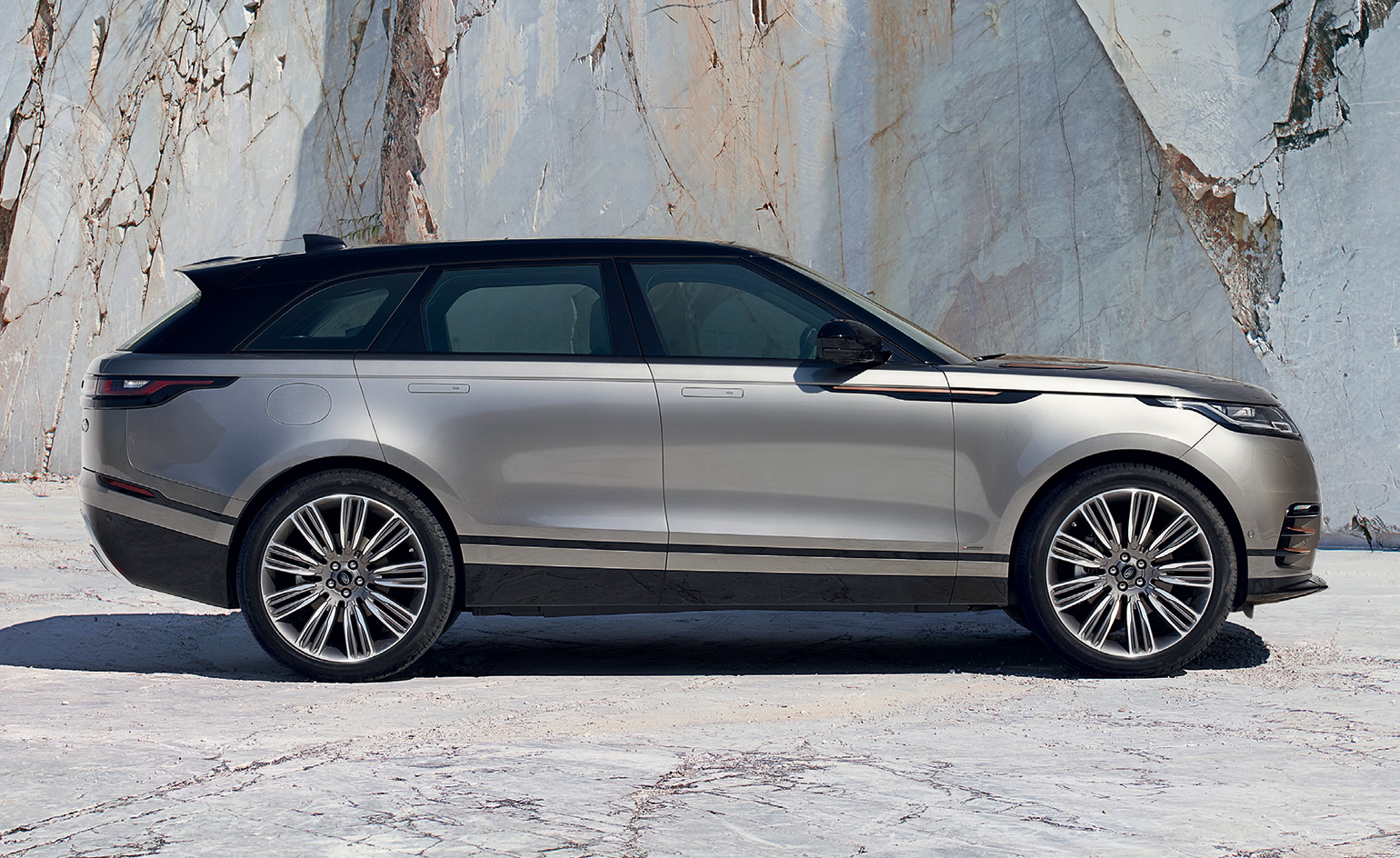
The new Range Rover Velar is the fourth model in the Range Rover line-up, intended to slot between the Range Rover Sport and the Evoque. It’s a sizeable machine, deliberately pitched at new buyers who want a sleeker, sportier SUV that combines both designer style and off-road chops. ‘This car is “white space” for us,’ says Gerry McGovern, Land Rover’s caustically ebullient chief design officer, as he explains how the Velar taps into the desires of design-savvy customers who still crave a bit of the company’s legendary capability.
McGovern brings a bracing blend of old school off-the-cuff remarks and decidedly new-school thinking in terms of form, materials, technology and luxury. Over the past decade he has transformed the company’s design studio into a crack team of specialists, broadened Land Rover’s model portfolio from four cars to seven, with more to come, and, most remarkably of all, delivered relentless year-on-year sales increases thanks to smart product planning that mines every conceivable niche.
These rocketing sales can be attributed to the SUV’s ongoing popularity; by 2020, analysts expect around over 20 million SUVlike vehicles will be sold around the world each year. The Velar fills a rare gap – not a 4x4 limousine like the flagship Range Rover, nor the dapper family car with a twist represented by the Evoque. Instead, it’s a design pitched straight at the heart, not the head. ‘Let’s face it,’ McGovern admits, ‘people don’t need these luxury vehicles. They desire them.’ It’s McGovern’s job to stoke this desire, hence his pointed comparisons with things like Hermès bags and other emotionally driven brands.
It’s a desirable slice of the market, and Range Rover has got there first. The Velar was developed in strict secrecy over the past four years before breaking cover at this year’s Geneva Motor Show. Even more remarkable, the company expects the first customers to take delivery in mid-summer, doing away with the industry’s tedious habit of teasing with a design and then expecting buyers to wait a year before they can acquire it.
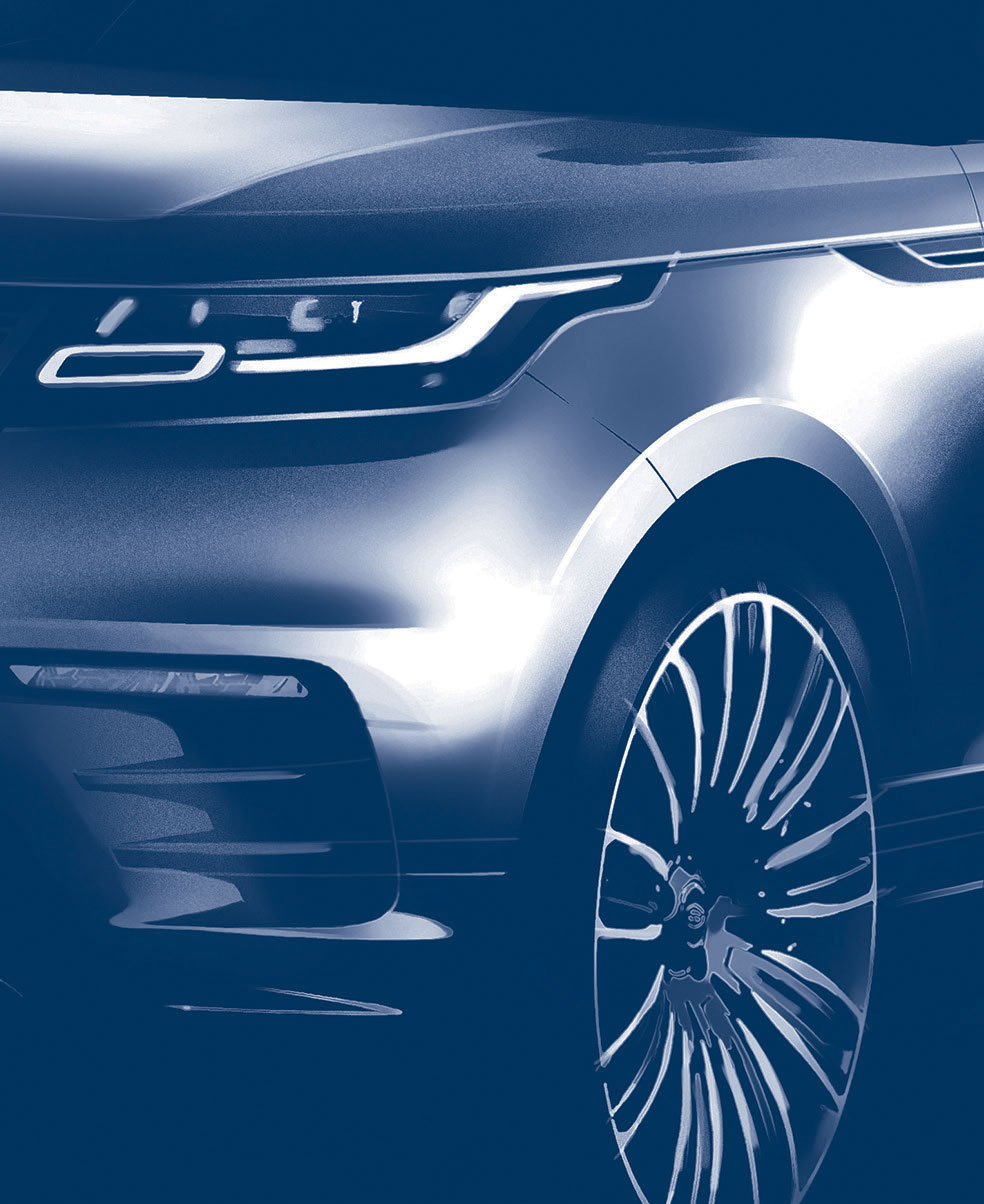
Jaguar Land Rover hopes to lead the way with autonomous and electric driving, using its cars’ off-road abilities as a place to debut concepts like the ‘transparent bonnet’, an argumented view that helps negotiate tricky terrain
McGovern talks of the great coherence between Land Rover’s design and engineering departments. ‘They’re hellbent on delivering our designs,’ he says. ‘We create the concept and engineering delivers that with as little dilution as possible.’ Although the Velar is debuting as a fully realised production vehicle, it still has the slick improbability of a concept car. This is the lowest Range Rover ever made, as well as the most aerodynamic, with flush door handles and smooth, seamless surfacing. The front three-quarters view offers up a curvaceous profile that would have been simply unthinkable to the engineers that dreamt up the first Range Rover back in 1970. Even McGovern admits, ‘We wouldn’t have thought of doing this car ten years ago.’ Those 1970s prototypes, by the way, were badged ‘Velar’, derived from the Latin for ‘covered’. It’s also a fitting name for a modern car that is effectively a rolling sanctuary.
The detailing is impressive, from the massive 22in wheels, smooth flanks and ‘floating’ roof to the strong, continuous beltline, above which sits a cabin-like glasshouse. Every crease and crinkle is ironed out, shut lines evaporated, windows, lights and door handles sunk flush with the bodywork. The shrink-wrapped approach adds a sheen of futurist minimalism, helped by the choice of colours and materials. Burnished copper detailing adds to the premium feel of the bodywork, while the interior is slick and beautifully realised, pairing two generous touchscreens with a digital dashboard, head-up display and a welcome selection of physical knobs – a digital/analogue future is the way forwards. Naturally, the onboard tech includes the full panoply of cameras and off-roading aids, and far-reaching laser headlights.
McGovern says that modernity is emerging in other ways. ‘Some customers want luxury materials but not necessarily leather,’ he says. ‘Wood and leather is quite an old-fashioned approach and we want to change that.’ Amy Frascella, chief designer colour and materials, explains how the design team went further, initiating a collaboration with Kvadrat – an auto industry first – to develop a premium wool material for seat inserts and doors. ‘The customer landscape is shifting – and this is a “curated choice”,’ she says. The specially developed ‘melange weave’ adds to the Velar’s interior options, joining a custom carbon fibre, specially grained, uncoated light wood and a cut-diamond pattern on the dash trim.
Jaguar Land Rover is now Britain’s biggest car-maker, and the Velar shows why. As a direct descendant of the car that transformed SUVs into conveyances for contemporary lifestyles, it does its job admirably. Big cars needn’t be brutish, and the Velar ushers in a new era for Land Rover design.
As originally featured in the April 2017 issue of Wallpaper* (W*217)

With discreet technology, the interiors focus on contemporary luxury materials and feature an upholstery collaboration with Kvadrat
INFORMATION
Range Rover Velar, from £44,830. For more information, visit the website
Receive our daily digest of inspiration, escapism and design stories from around the world direct to your inbox.
Jonathan Bell has written for Wallpaper* magazine since 1999, covering everything from architecture and transport design to books, tech and graphic design. He is now the magazine’s Transport and Technology Editor. Jonathan has written and edited 15 books, including Concept Car Design, 21st Century House, and The New Modern House. He is also the host of Wallpaper’s first podcast.
-
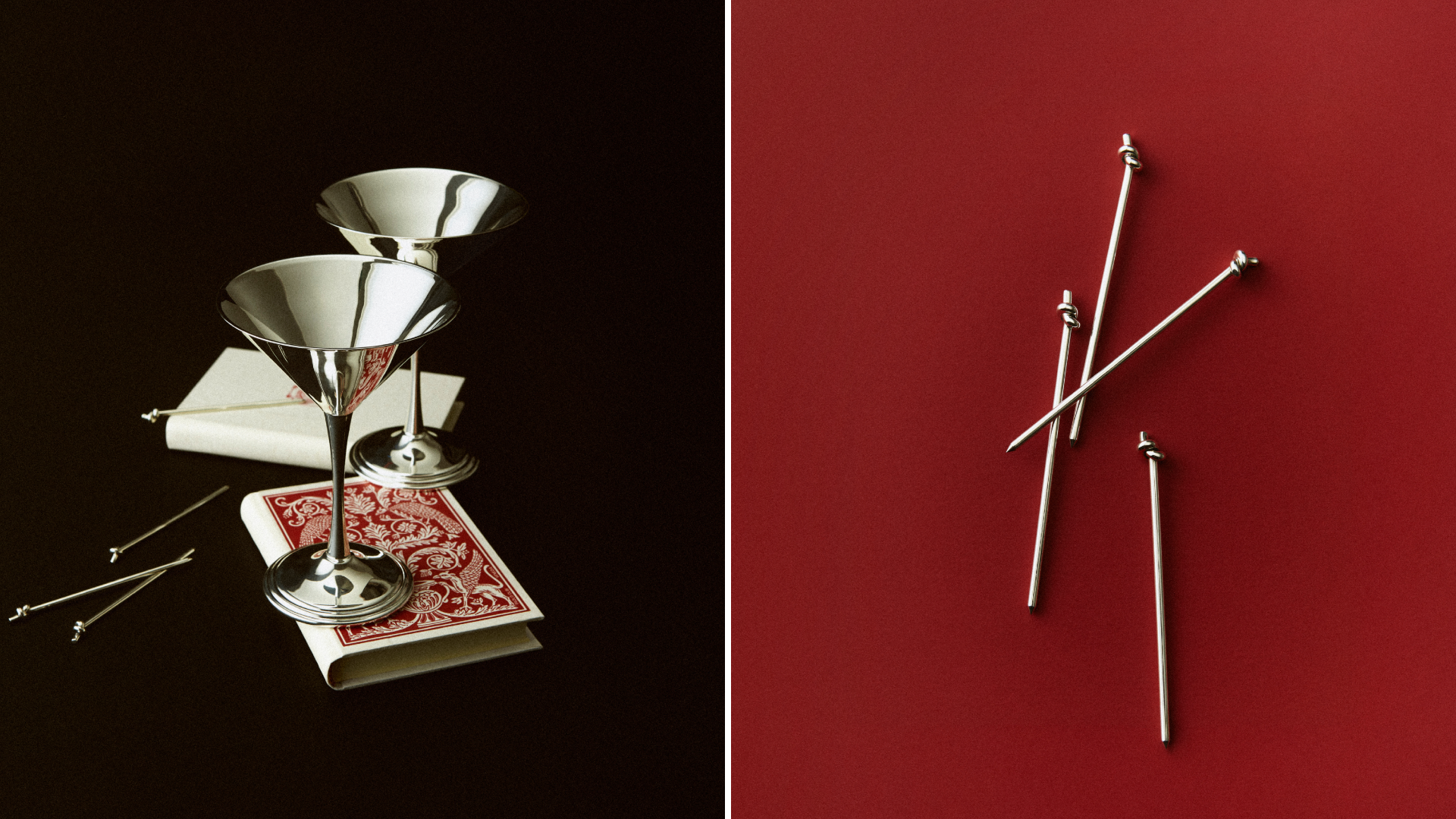 Bottega for Bottegas 2025 invites artisans to reinterpret the ritual of the aperitivo
Bottega for Bottegas 2025 invites artisans to reinterpret the ritual of the aperitivoThe annual initiative showcases makers and creatives who share Bottega Veneta’s dedication to craft. This year’s objects come together as an exquisite, modern still life
-
 Caligra launches its c100 Developer Terminal, a stripped-back machine for serious computing
Caligra launches its c100 Developer Terminal, a stripped-back machine for serious computingPentagram’s Jon Marshall has collaborated with computing start-up Caligra to shape its sleek but serious desktop and mouse
-
 A 1970s brutalist icon becomes Tbilisi’s most striking new hotel
A 1970s brutalist icon becomes Tbilisi’s most striking new hotelNeri&Hu transforms a Soviet-era post office into the Georgian capital’s anticipated Telegraph Hotel
-
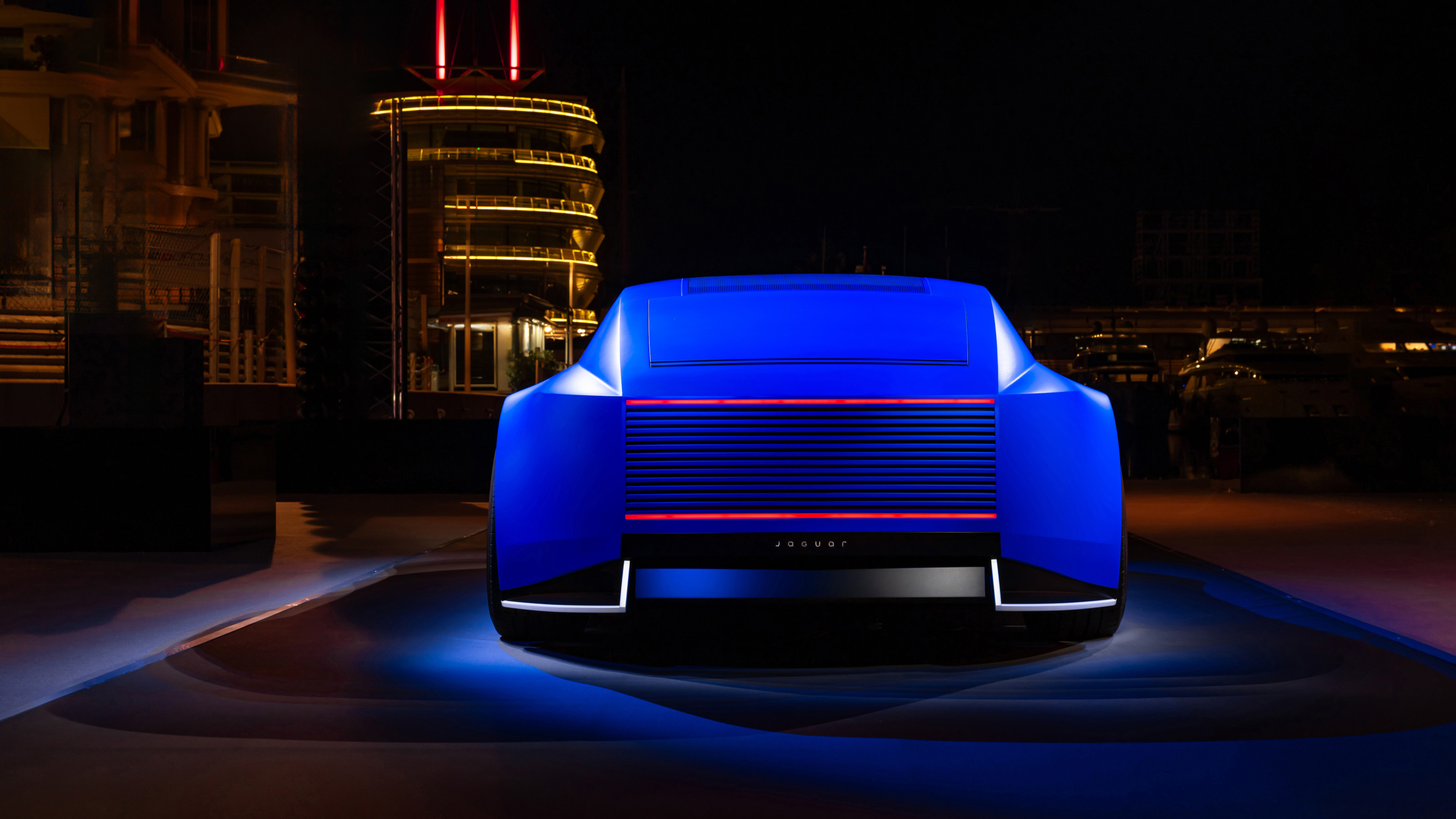 JLR is a mainstay of modern motoring luxury, but do car brands need creative figureheads?
JLR is a mainstay of modern motoring luxury, but do car brands need creative figureheads?With Gerry McGovern departing from Jaguar Land Rover, what next for the Indian-owned, British-built house of brands?
-
 McLaren Special Operations deals itself a winner with the Las Vegas-inspired Project Viva
McLaren Special Operations deals itself a winner with the Las Vegas-inspired Project VivaWe delve into the world of McLaren Special Operations, discover what the deal is with Project Viva, spec our own hypercar and explore the role of the Pure McLaren experience
-
 Around London in sybaritic silence with the majestic all-electric Lunaz Phantom V
Around London in sybaritic silence with the majestic all-electric Lunaz Phantom VClassic electrifier Lunaz has turned its skilled hands to the Rolls-Royce Phantom V. We sample the ultimate in zero-emission luxury on the streets of London
-
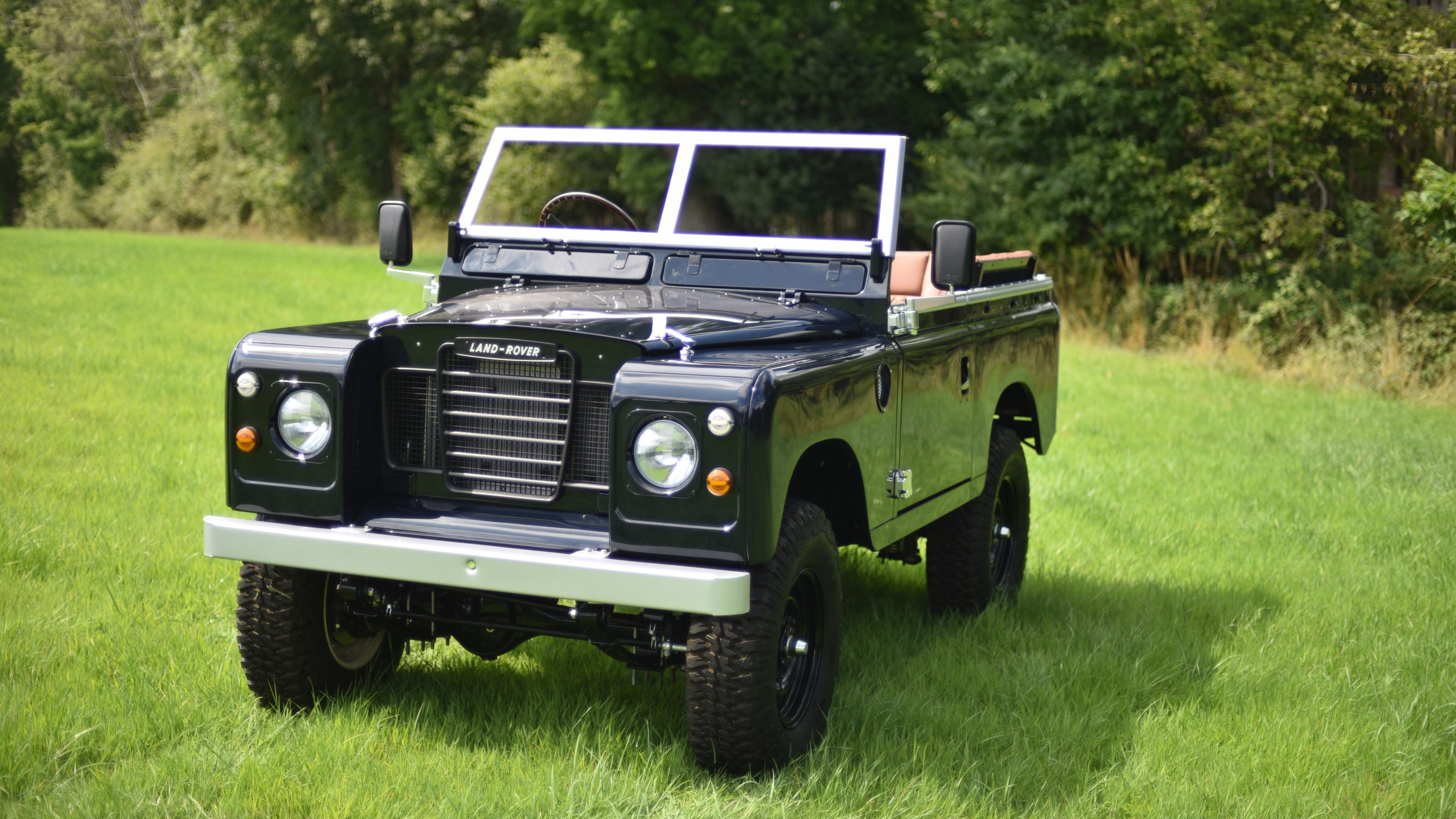 A unique Land Rover Series III, The Admiral is a truly shipshape restomod
A unique Land Rover Series III, The Admiral is a truly shipshape restomodKent Heritage Works have launched their 1 of 1 collection with a thoroughly upgrade Land Rover Series III
-
 How will future car interiors take shape? London studio NewTerritory has a vision for automotive design
How will future car interiors take shape? London studio NewTerritory has a vision for automotive designDesign studio NewTerritory has set up a new automotive division to explore the future of car interiors. We interrogate the team
-
 All the best bits from Goodwood Festival of Speed 2025
All the best bits from Goodwood Festival of Speed 2025As car makers switch their allegiance to the sunny West Sussex countryside as a place to showcase their wares, a new generation of sports cars were sent running up that famous hill
-
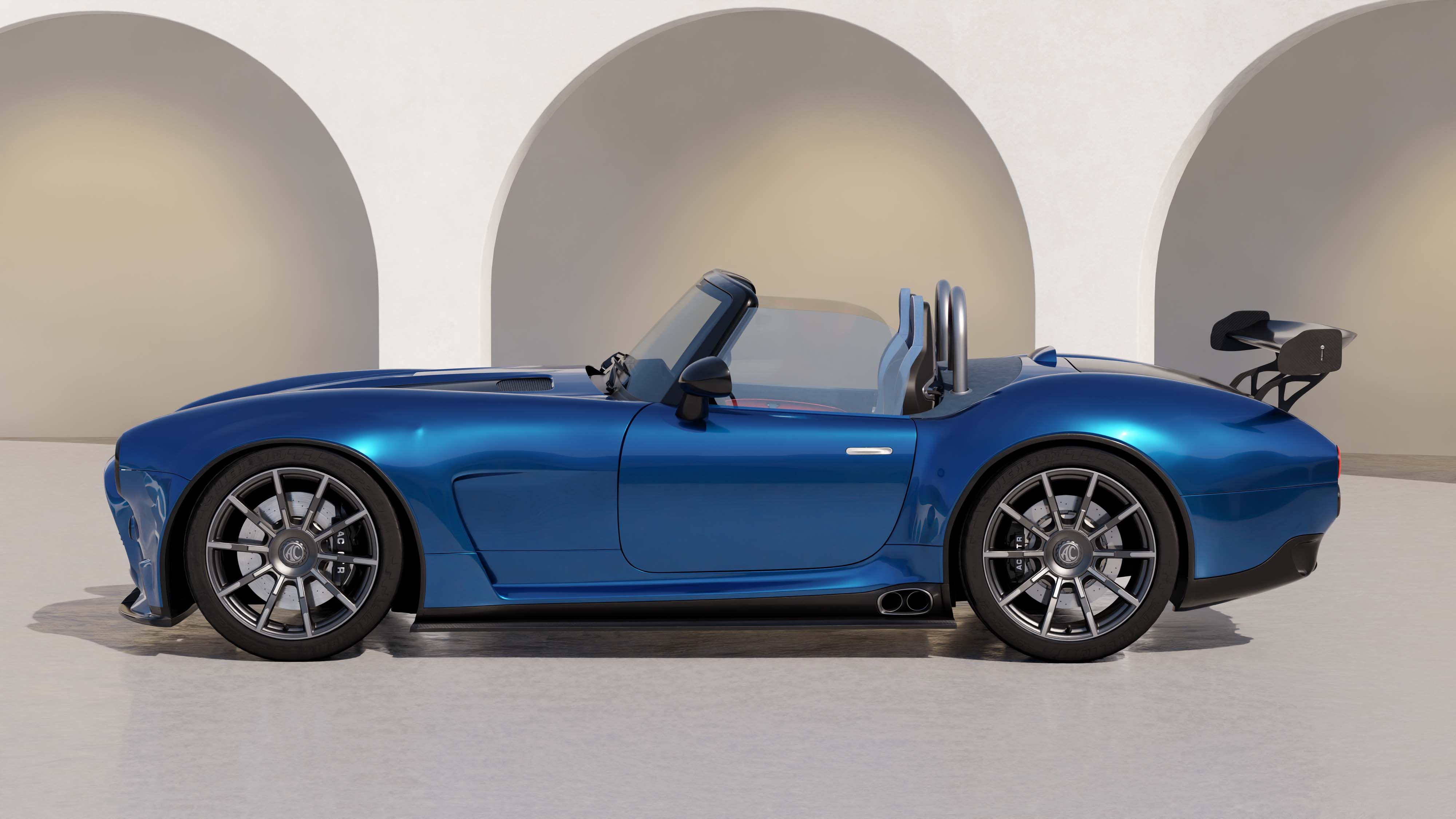 Venerable British car-maker AC goes OTT with the high-output, low-slung AC GT SuperSport
Venerable British car-maker AC goes OTT with the high-output, low-slung AC GT SuperSportPitched at all-American fans of the original AC Cobra, the GT SuperSport is a fearsome two-seat roadster with more muscle than ever before
-
 Gulfstream’s newly refurbished London Design Centre offers myriad ways to spec your jet
Gulfstream’s newly refurbished London Design Centre offers myriad ways to spec your jetPurchasing a private jet requires a cavalcade of design decisions. Gulfstream now offers its London customers a new Sales and Design Centre for them to make their decisions at leisure